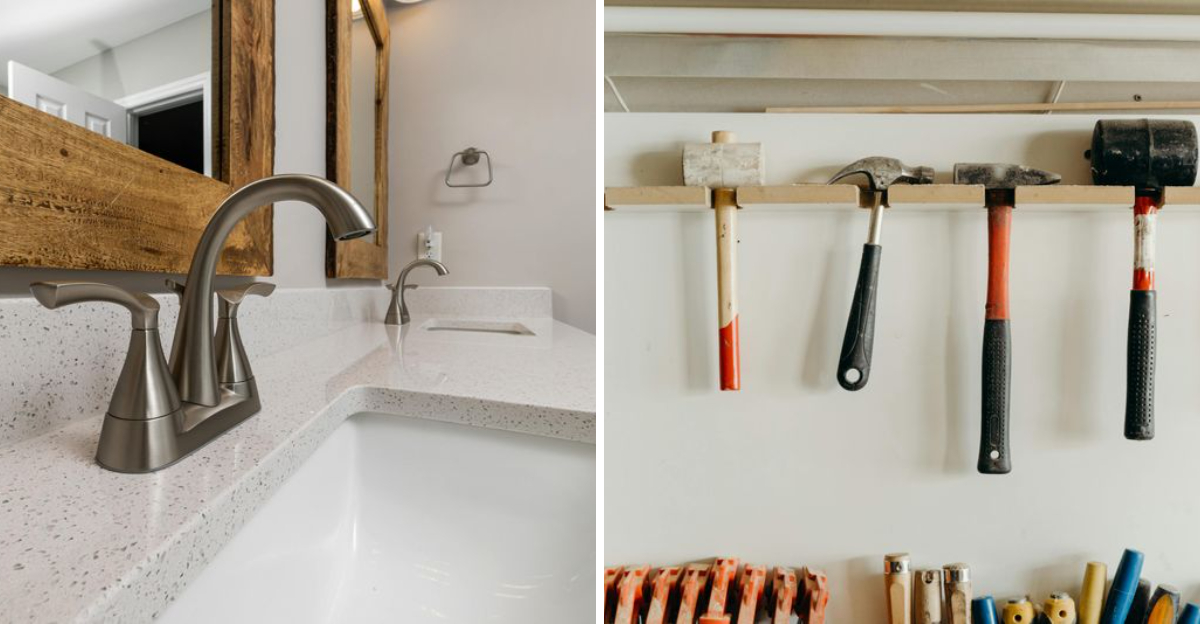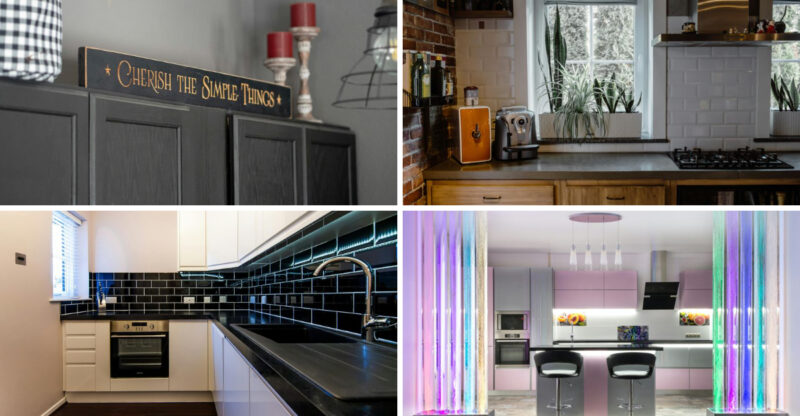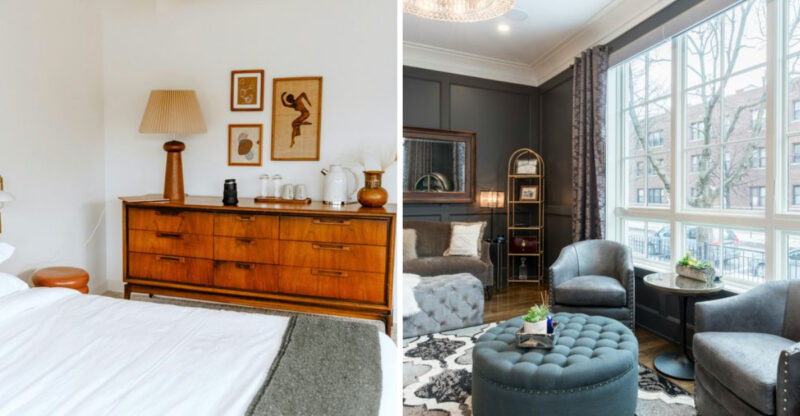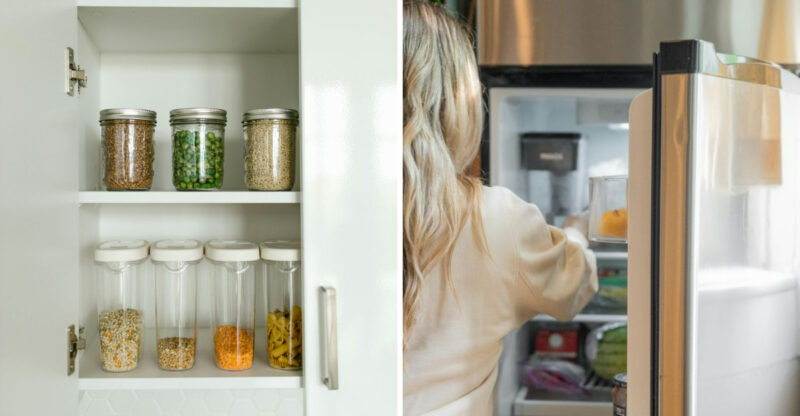17 To-Dos That Can Make Selling Your Home Easier And Faster

Selling your home can feel like climbing a mountain without the right gear. The process involves many steps that, when done correctly, lead to a quicker sale and better price.
Whether you’re a first-time seller or have been through this before, these 18 to-dos will guide you through preparing, marketing, and closing the deal on your home with less stress and better results.
For informational purposes only, consult a real estate professional for personalized advice.
1. Find A Stellar Real Estate Agent
Your agent becomes your selling partner. Look for someone with a proven track record in your neighborhood who communicates clearly and frequently.
Interview at least three agents before deciding. Ask about their marketing strategies, typical timeline for selling similar homes, and commission rates.
2. Declutter Every Room
Potential buyers need to envision their own belongings in your space. Remove personal photos, excessive furniture, and knickknacks that distract from your home’s features.
Consider renting a storage unit for items you want to keep but don’t need immediately. Clear out closets and storage areas to showcase their capacity.
3. Make Strategic Repairs
Smart fixes yield better returns than complete renovations. Focus on visible issues like leaky faucets, cracked tiles, or holes in walls that make buyers question home maintenance.
Replace broken window seals and fix doors that don’t close properly. These small repairs signal that you’ve cared for your property.
4. Deep Clean Everything
Sparkling clean homes sell faster and for more money. Scrub bathroom grout, clean inside appliances, and wash windows inside and out until they shine.
Don’t forget often-overlooked areas like baseboards, ceiling fans, and light fixtures. Consider hiring professionals for carpets and hard-to-reach places.
5. Boost Curb Appeal
First impressions happen before buyers step inside. Plant colorful flowers, trim bushes, and ensure your lawn looks lush and healthy.
Power wash your driveway, walkways, and exterior siding. Consider a fresh coat of paint for your front door in an appealing color that complements your home.
6. Price It Strategically
The right price attracts more buyers and can create competitive bidding. Research comparable homes that sold recently in your neighborhood rather than basing your price on what you paid or invested.
Avoid the temptation to price high with room to negotiate. Overpriced homes often sit on the market longer and ultimately sell for less.
7. Depersonalize Your Space
Your family photos tell your story, not the buyer’s future. Pack away personal items, political or religious displays, and unique décor that might distract or alienate potential buyers.
Aim for a neutral palette that appeals to the widest audience. Replace bold wall colors with softer tones that make spaces feel larger and more inviting. This neutralizing step helps buyers visualize themselves living in the space.
8. Arrange Professional Photography
Most buyers start their search online, making photos your critical first showing. Professional photographers understand lighting, angles, and editing techniques that showcase your home’s best features.
Schedule photography after decluttering and cleaning but before listing goes live. Prepare by opening curtains, turning on all lights, and hiding everyday items like trash cans.
9. Create A Compelling Listing Description
Words sell homes when buyers are browsing listings. Highlight unique features like updated kitchens, energy-efficient windows, or proximity to parks and schools.
Use sensory language that helps buyers imagine living there: “sun-drenched breakfast nook” or “peaceful backyard retreat.” Avoid real estate jargon that might confuse first-time buyers.
10. Organize Important Documents
Prepared sellers inspire buyer confidence. Gather warranty information for appliances, documentation of home improvements, and recent utility bills to show operating costs.
Create a property fact sheet listing your home’s features, recent updates, and neighborhood amenities. Have this available during showings for buyers to take home.
11. Be Flexible With Showings
Accommodating potential buyers’ schedules increases your chances of finding the right match. Create a system for quick showing preparations-a laundry basket for gathering clutter and a checklist for lights and thermostat settings.
Consider temporarily relocating pets during the most active showing periods. Their presence can distract buyers and make spaces seem smaller.
12. Brighten Every Room
Light sells homes faster than almost any other factor. Replace dim bulbs with higher wattage options and add lamps to dark corners that make rooms feel gloomy.
Clean windows thoroughly and open blinds completely during showings. Trim outdoor bushes that block natural light from entering windows. For evening showings, turn on every light before buyers arrive.
13. Consider a Pre-Listing Inspection
Knowledge is power in home selling. A pre-listing inspection costs a few hundred dollars but identifies issues before buyers discover them during their inspection.
This proactive approach allows you to make repairs on your timeline and budget rather than negotiating under contract pressure. You’ll also avoid surprises that could derail your sale at the last minute.
14. Remove Or Replace Outdated Fixtures
Brass light fixtures and cabinet pulls from the 1990s immediately date your home. Replacing these small items creates an updated look without major renovation costs.
Focus on kitchens and bathrooms where outdated features are most noticeable. New faucets, drawer pulls, and light fixtures provide significant visual improvement for minimal investment.
15. Create A Welcoming Sensory Experience
Buyers purchase with all five senses, not just their eyes. Ensure your home smells fresh without overwhelming artificial scents-baking cookies or simmering cinnamon sticks offers subtle, pleasant aromas.
Soft background music creates a relaxed atmosphere during showings. Classical or light jazz at low volume works well without distracting from the home itself.
16. Stage Key Rooms Strategically
Full-house staging isn’t always necessary. Focus resources on the rooms that sell homes: living room, kitchen, master bedroom, and bathrooms.
Arrange furniture to showcase space and function rather than personal preference. Create conversation areas in living spaces and ensure pathways allow easy movement throughout the home.
17. Make The Garage Look Spacious
Garages sell homes but often become household dumping grounds. Clear out everything except essential items and organize what remains on shelving units rather than the floor.
Clean oil stains from the concrete with degreaser and sweep thoroughly. Consider a fresh coat of paint on the walls to brighten the space.






